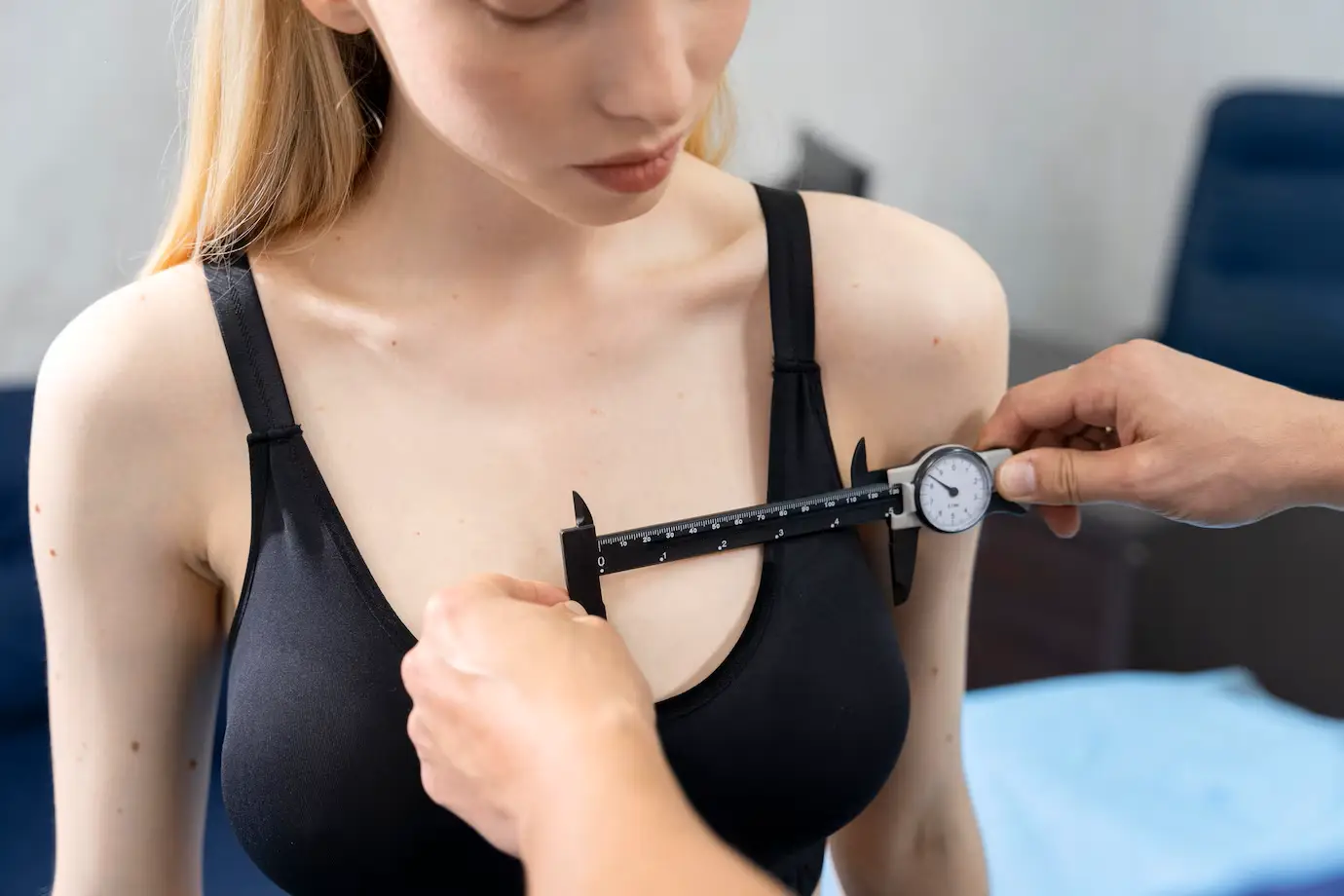
Breast lift surgery, also known as mastopexy, is a transformative procedure aimed at raising and reshaping sagging breasts to achieve a more youthful and lifted appearance. While the results can be life-changing, understanding the recovery process is essential for ensuring a smooth healing journey and optimizing the final outcome. In this comprehensive guide, we’ll walk you through every stage of breast lift recovery — from immediately post-surgery to the months that follow — and share expert tips on how to navigate this period safely and comfortably.
Right after your surgery, you will likely feel groggy due to the effects of anesthesia. It’s normal to experience swelling and bruising around the breasts, mild to moderate discomfort managed with prescribed pain medications, dressings or surgical bandages covering the incisions, and a surgical support bra or compression garment to minimize swelling and support the new breast contour.
In most cases, patients are monitored in a recovery area for a few hours before being allowed to go home. It’s crucial to have someone drive you home and stay with you for at least the first 24 hours. Avoid any strenuous movements and keep your arms close to your sides to protect the surgical area.
During the first week, rest is critical, but light movement is encouraged to promote circulation and prevent blood clots. Common experiences include tightness or pressure in the chest area, sensitivity around incision sites, and itchiness as the skin begins to heal. Drain tubes, if placed, may be removed after a few days.
Post-op instructions typically include keeping incisions dry and clean, avoiding showering until cleared by your surgeon, sleeping on your back propped up with pillows to reduce swelling, and wearing the recommended surgical bra 24/7. Your surgeon will schedule a follow-up appointment within the first week to monitor your healing progress.
Most patients begin feeling much better by the second or third week after surgery. Swelling and bruising start to subside, stitches (if non-dissolvable) may be removed, and light activities can usually be resumed. Pain continues to diminish and may be controlled with over-the-counter pain relievers.
However, heavy lifting, intense exercise, and stretching are still restricted. Sexual activity should be avoided until your doctor clears you. You may still need to wear a surgical bra or switch to a soft sports bra. It’s essential to protect your healing incisions from sun exposure, as UV rays can darken scars permanently.
By the end of the first month, you’ll likely feel almost back to normal. Most swelling and bruising resolve, and breasts begin to settle into their final shape and position. Sensation in the nipple and breast area may slowly return, though some numbness or tingling is normal. You may be cleared to return to low-impact exercises and, eventually, more vigorous activities.
Scarring will still be noticeable but will start to fade over time. Regular use of scar care products, such as silicone sheets or gels, can significantly improve scar appearance. Healing timelines can vary. Some patients may experience minor asymmetries or changes that continue to adjust over several months.
At six months to a year after surgery, you’ll see your final breast shape and position. Expect a natural softening of breast tissue, scars that are flatter, lighter, and less noticeable, and restoration of breast sensitivity in most cases (although some changes may be permanent).
Maintaining your results involves keeping a stable weight, wearing supportive bras especially during exercise, and protecting your scars from sun exposure for at least a year. Pregnancy, significant weight fluctuations, and aging can all affect your results over time. However, most patients enjoy their enhanced breast shape for many years following their procedure.
While minor discomfort and swelling are normal, contact your surgeon immediately if you experience fever over 101°F (38.5°C), severe or increasing pain not relieved by medication, sudden swelling or asymmetry, foul-smelling drainage from incisions, or shortness of breath or chest pain, which could indicate a serious complication. Early detection and prompt medical attention can prevent potential complications.
Recovering from a breast lift surgery is a personal journey that requires patience, self-care, and careful adherence to post-operative instructions. While the process can feel challenging at times, the reward of lifted, youthful breasts and renewed self-confidence is well worth the effort. By understanding what to expect at each stage and working closely with your surgical team, you can set yourself up for a safe recovery and beautiful, long-lasting results.